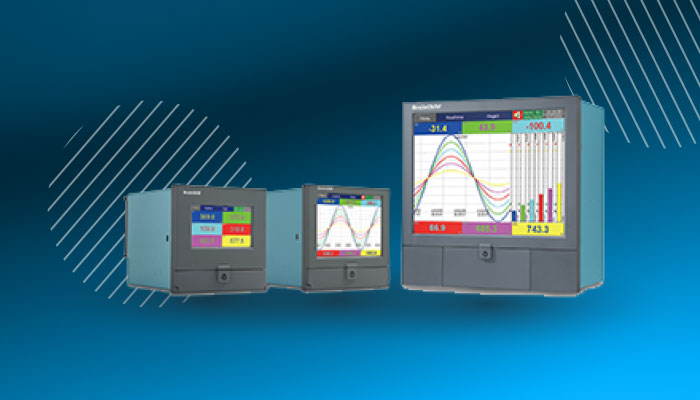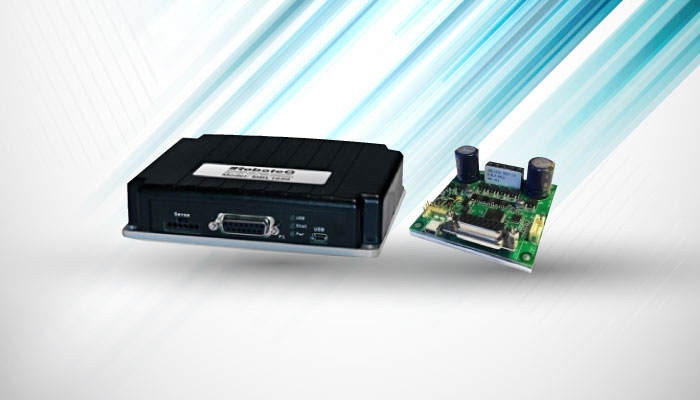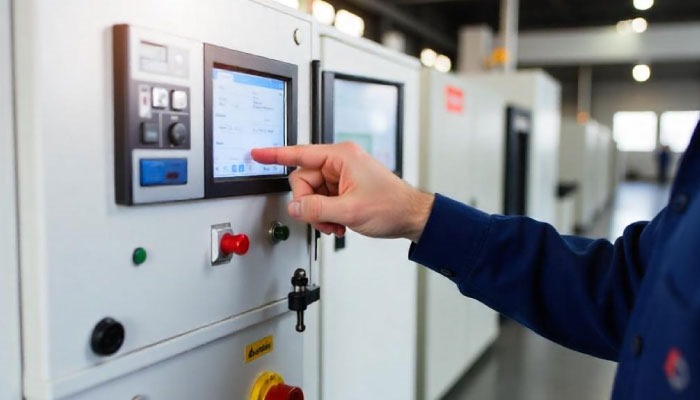Why Are Indian Industries Shifting from Paper Chart Recorders to Paperless

The Indian industrial scene is transforming rapidly. A significant area undergoing this digital evolution is process monitoring and control. For decades, paper chart recorders were the mainstay, reliably tracking variables like temperature and pressure on paper rolls. But today, they’re being replaced by paperless chart recorders – a shift that’s about more than just going paper-free. This change represents a leap toward data-driven decision-making. But why are businesses across India making this switch?
What Exactly Are Paperless Chart Recorders?
Imagine recording all essential data in real-time, without rolls of paper. Paperless chart recorders capture and store data electronically, transforming how information is accessed and used in decision-making. Here are some game-changing benefits:
- Massive Data Storage – No need to worry about space; paperless systems store historical data that can be analyzed to improve future operations.
- Quick Access – User-friendly interfaces make it easy to retrieve data for troubleshooting or real-time insights.
- Centralized Monitoring – Integrate with SCADA systems and cloud platforms for seamless control, even across multiple locations.
- Built-in Analytics – Some models come with analytics tools, helping businesses spot trends and optimize processes immediately.
How Are Different Sectors in India Using Paperless Chart Recorders?
This technology is widely adaptable, from manufacturing to renewable energy. Here’s how it’s reshaping industries:
- Manufacturing – Real-time data visualization catches production issues early, reducing downtime and costs.
- Power & Utilities – Monitoring generation and distribution helps prevent grid inefficiencies and optimizes resource allocation.
- Chemical & Pharmaceutical – Precise tracking of temperature and pressure ensures product quality and safety.
- Food & Beverage – Controls temperature and pressure to maintain quality and meet safety standards.
- Oil & Gas – Tracks pressure and flow in pipelines, aiding in safety and resource optimization.
- Water Treatment – Ensures water quality with real-time monitoring, optimizing chemical use and compliance.
- HVAC & Building Automation – Manages temperature and air quality, reducing energy costs and enhancing comfort.
- Renewable Energy – Tracks solar or wind performance, optimizing energy generation and maintenance.
- Paper & Pulp – Monitors temperature and consistency, reducing waste and enhancing quality.
Are There Challenges to Switching to Paperless Recorders?
Yes, but they’re manageable! Initial costs and cybersecurity are essential to consider, as well as upskilling employees to interpret and use the data effectively. Thankfully, manufacturers like Theta Controls are working to make this transition smoother:
- Cost-Effective Options – Theta Controls offers affordable solutions to suit businesses of all sizes.
- Advanced Security – Cybersecurity features protect data integrity and prevent unauthorized access.
- Training Support – Theta Controls provides training programs to help teams integrate and fully benefit from these recorders.
What Does the Future Hold?
The move to paperless chart recorders marks a big shift toward data-driven decision-making. For Indian businesses, this means:
- Staying competitive with real-time insights and optimized processes.
- Enhancing safety and consistency by identifying and addressing issues proactively.
- Reducing waste and contributing to sustainability with better resource management.


